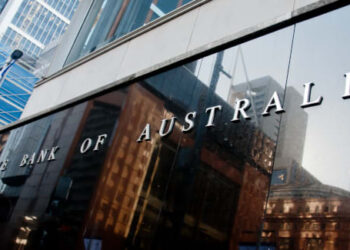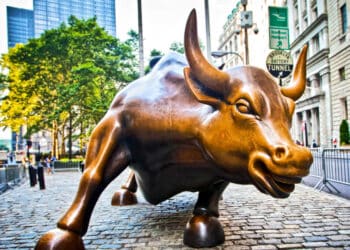The deal, part of Australia’s ambitious military modernisation, zeroes in on missile defence, cyber security, and space tech – industries that are booming amid rising global tensions.
With the Defence budget on the rise – currently at 2.02 per cent of GDP and targeting 2.4 per cent by 2033–34 – substantial government funds are expected to flow into ASX-listed defence players.
Recognising this investment potential, VanEck recently launched its Global Defence ETF (DFND), Australia’s first defence-focused exchange-traded fund, on the ASX.
The ETF gives investors exposure to aerospace, defence, and related tech industries, while excluding companies involved in controversial weapons like anti-personnel mines, biological and chemical weapons, cluster munitions, white phosphorus and more.
Speaking to InvestorDaily on Friday, Jamie Hannah, deputy head – investments and capital markets at VanEck, said DFND has already sparked strong interest among investors looking to tap into the under-represented defence sector.
“DFND was launched in response to market demand, and it has received highly positive feedback from investors and the broader investment community,” Hannah said.
“Since DFND’s inception, it has returned 10.55 per cent to 24 October 2024. It has traded every day and currently has $12.2 million in assets and has averaged circa $371,000 daily since inception to yesterday.”
Hannah highlighted the increased global focus on defence spending, citing ongoing geopolitical tensions that have prompted governments around the world to ramp up military expenditures.
“The world has changed from countries celebrating the peace dividend, a term used to describe the economic benefits of a decrease in defence spending. Instead, countries are increasing military expenditure. Maintaining security and defence is an enduring focus for governments globally,” he said.
“Defence expenditures are typically mandated and ongoing geopolitics has created an environment of increased spending.”
In light of the last few years, he said, as global tensions have escalated, investors are seeking access to this sector via ETFs given its under-representation in typical indices and international equity portfolios.
The federal government’s National Defence Strategy, released in 2024, outlines a long-term plan to raise defence spending to 2.4 per cent of GDP by 2033–34, equating to around $100 billion.
“Much of the budget is being directed toward existing companies that are leaders in their fields. These companies operate in diverse sub-industries including aerospace and defence, and electronic equipment and instruments,” Hannah said.
“Given the current geopolitical climate, governments will need to continue to invest in this sector.”
Australia currently boasts three defence ETFs, with Global X launching its Defence Tech ETF (ASX: DTEC) to Australian shores in late September, followed by Betashares with its own iteration, the Global Defence ETF (ASX: ARMR), a couple of weeks later.
A recent report from the Stockholm International Peace Research Institute (SIPRI) indicated that global military spending increased by 7 per cent to US$2.43 trillion in 2023, the largest annual rise since 2009, with projections suggesting it could reach US$3.1 trillion by 2030.
Speaking to InvestorDaily earlier this month, Shane Oliver, chief economist at AMP, said: “The peace dividend of the 1990s started to give way to a new Cold War in the years just before the pandemic but unfortunately, it’s intensified since as evident by the conflict in Ukraine and arguably the Middle East. It’s also evident in the reversal of globalisation and trade wars that started under Trump 1.0.”
“This is now seeing a pickup in defence spending benefiting arms makers, many of which are listed on share markets. At the same time, investors are looking for a hedge against increased military conflict that may impact other investments,” Oliver said.
He, however, warned that while the launch of defence-focused ETFs “makes sense” and is “a sign of the times”, investors “just need to be wary that as with the first Cold War, it will wax and wane over time, leading to lots of volatility in defence stocks”.
“They need to be wary about buying after they have already had a big run-up and may be getting overvalued and over-loved.”







